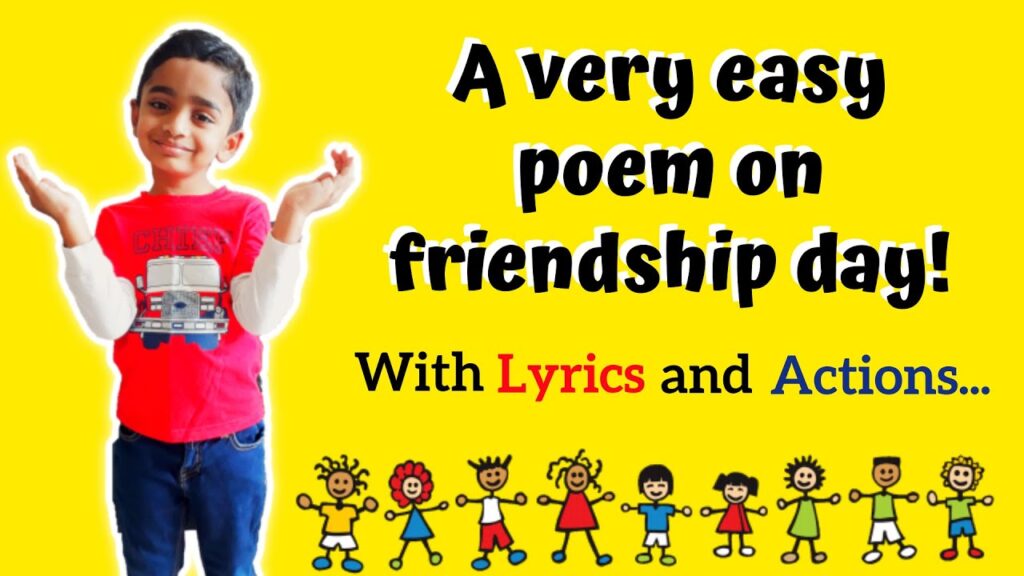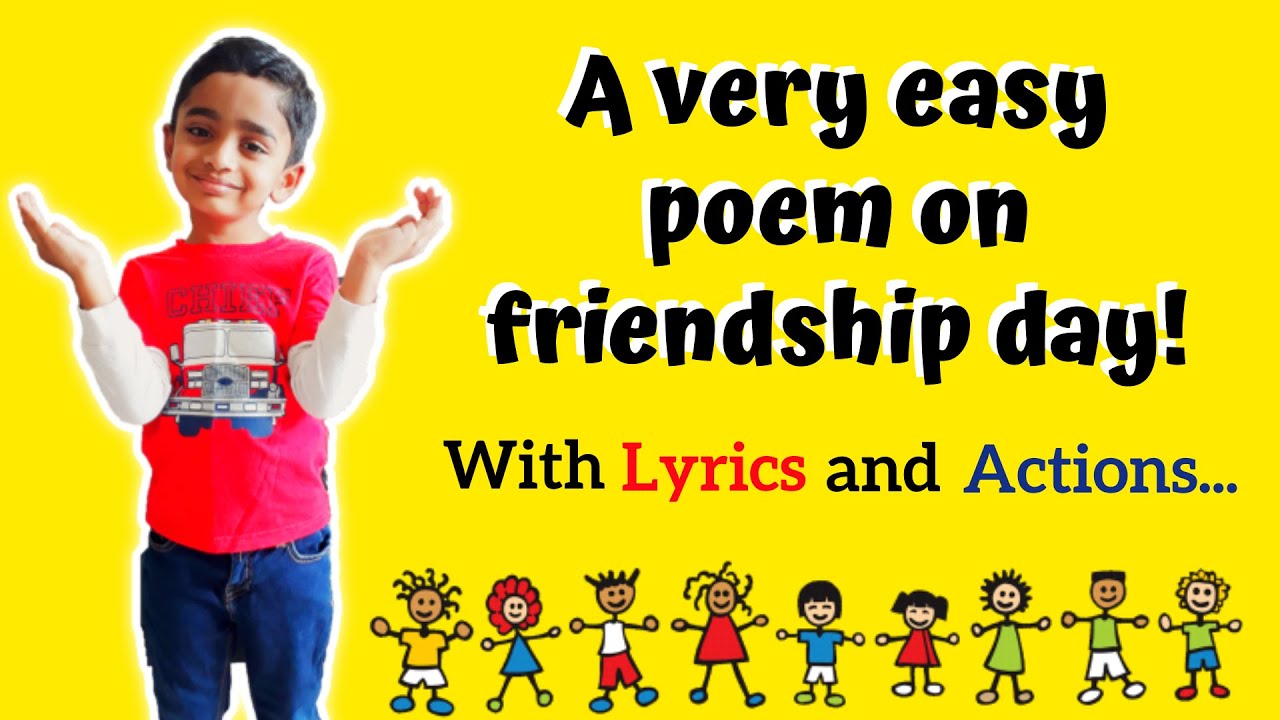
How to Be a Good Friend for Kids: A Guide to Building Lasting Bonds
Friendship is a cornerstone of a happy and healthy childhood. Learning how to be a good friend for kids isn’t just about having playmates; it’s about developing crucial social skills, empathy, and the ability to navigate relationships. These skills are essential for their personal growth and future success. This guide will explore the key elements of fostering positive friendships in children, offering practical tips and insights for parents and educators alike.
Understanding the Importance of Friendship
Friendships provide children with a sense of belonging, security, and validation. They learn to share, compromise, and resolve conflicts – skills that are vital for navigating social situations throughout their lives. Good friends offer support during challenging times, celebrate successes, and contribute to a child’s overall well-being. Without strong friendships, kids may experience feelings of loneliness, isolation, and low self-esteem. Therefore, understanding how to be a good friend for kids is crucial for their development. [See also: The Benefits of Playdates for Social Development]
Key Qualities of a Good Friend
What does it mean to be a good friend for kids? It’s more than just sharing toys or playing together. Here are some essential qualities that children can cultivate:
- Kindness and Empathy: Showing genuine care and concern for others’ feelings. This includes being understanding and supportive when a friend is upset.
- Honesty and Trustworthiness: Being truthful and reliable. Kids should learn that their friends can count on them to keep promises and be honest.
- Respect: Valuing others’ opinions and boundaries. This means listening attentively, avoiding teasing or name-calling, and respecting personal space.
- Sharing and Cooperation: Being willing to share toys, ideas, and experiences. Working together towards a common goal and taking turns are also important aspects.
- Inclusivity: Making an effort to include others, especially those who may be feeling left out. This fosters a welcoming and accepting environment.
- Loyalty: Standing up for friends, especially when they are being treated unfairly. Being loyal means supporting friends even when it’s not easy.
Practical Tips for Parents and Educators
Parents and educators play a crucial role in guiding children on how to be a good friend for kids. Here are some practical tips to help foster positive friendships:
Model Positive Behavior
Children learn by observing the adults around them. Model the qualities of a good friend in your own relationships. Show kindness, empathy, and respect in your interactions with others. Discuss your own friendships with your children and explain why those relationships are important to you.
Encourage Empathy
Help children develop empathy by encouraging them to consider others’ perspectives. Ask them how they think their friends might be feeling in different situations. Read books and watch movies that explore themes of empathy and compassion. Role-playing scenarios can also be a helpful way to practice empathy.
Teach Conflict Resolution Skills
Conflicts are inevitable in any friendship. Teach children healthy ways to resolve disagreements. Encourage them to communicate their feelings calmly and respectfully. Help them brainstorm solutions and compromise. It’s important for kids to understand that it’s okay to disagree, but it’s not okay to be disrespectful. Learning how to be a good friend for kids involves navigating disagreements constructively.
Facilitate Social Opportunities
Provide opportunities for children to interact with their peers. Arrange playdates, enroll them in extracurricular activities, and encourage them to participate in group projects. These experiences allow them to practice their social skills and build relationships. Creating a supportive environment where kids can interact is key to them learning how to be a good friend for kids. [See also: Choosing the Right Extracurricular Activities for Your Child]
Discuss Friendship Dynamics
Talk to your children about the dynamics of friendship. Help them understand the difference between healthy and unhealthy relationships. Discuss topics such as peer pressure, bullying, and toxic friendships. Empower them to stand up for themselves and to seek help if they are experiencing problems in their friendships. Knowing when a friendship isn’t healthy is an important aspect of learning how to be a good friend for kids.
Encourage Active Listening
Active listening is a crucial skill for building strong friendships. Teach children to pay attention when others are talking, to make eye contact, and to ask clarifying questions. Encourage them to show genuine interest in what their friends are saying. Active listening demonstrates respect and fosters deeper connections. Being a good listener is a vital part of understanding how to be a good friend for kids.
Promote Forgiveness
Everyone makes mistakes. Teach children the importance of forgiveness. Help them understand that holding grudges can damage friendships. Encourage them to forgive their friends and to apologize when they have done something wrong. Forgiveness is essential for maintaining healthy and lasting relationships. Part of learning how to be a good friend for kids is learning how to forgive and move on.
Celebrate Differences
Help children appreciate the diversity of their friends. Encourage them to learn about different cultures, backgrounds, and perspectives. Celebrate the unique qualities that make each person special. Embracing differences strengthens friendships and promotes inclusivity. Appreciating these differences is part of the journey of learning how to be a good friend for kids.
Address Bullying
Bullying can have a devastating impact on children’s friendships. Teach children about the different forms of bullying and how to recognize it. Empower them to stand up against bullying and to report it to a trusted adult. Create a safe and supportive environment where children feel comfortable speaking out against bullying. Understanding how to prevent and address bullying is an important aspect of how to be a good friend for kids.
Encourage Acts of Kindness
Simple acts of kindness can go a long way in strengthening friendships. Encourage children to perform random acts of kindness for their friends, such as offering a compliment, sharing a snack, or helping with a task. These small gestures can make a big difference in fostering positive relationships. Teaching kids to perform acts of kindness is also teaching them how to be a good friend for kids.
Common Challenges in Children’s Friendships
It’s important to acknowledge that friendships aren’t always smooth sailing. Children may encounter various challenges in their friendships, such as:
- Jealousy: Feeling envious of a friend’s possessions, talents, or relationships.
- Exclusion: Being left out of group activities or conversations.
- Arguments: Disagreeing with friends and struggling to resolve conflicts.
- Peer Pressure: Feeling pressured to do things they are not comfortable with.
- Betrayal: Feeling hurt or betrayed by a friend’s actions.
Parents and educators can help children navigate these challenges by providing guidance, support, and encouragement. It’s important to validate their feelings and help them develop coping strategies. Learning how to be a good friend for kids also involves navigating these difficult scenarios.
The Long-Term Benefits of Strong Friendships
The benefits of learning how to be a good friend for kids extend far beyond childhood. Strong friendships contribute to:
- Improved Mental Health: Friendships provide emotional support and reduce feelings of loneliness and isolation.
- Increased Self-Esteem: Feeling accepted and valued by friends boosts self-confidence.
- Enhanced Social Skills: Friendships provide opportunities to practice communication, empathy, and conflict resolution skills.
- Better Academic Performance: Children with strong friendships tend to perform better in school.
- Greater Resilience: Friendships provide a buffer against stress and adversity.
Conclusion
Teaching children how to be a good friend for kids is one of the most valuable lessons we can impart. By fostering kindness, empathy, respect, and other essential qualities, we empower them to build lasting bonds and navigate the complexities of relationships. As parents and educators, our role is to guide them, support them, and provide them with the tools they need to thrive in their friendships and beyond. Learning how to be a good friend for kids sets the foundation for a lifetime of meaningful connections and positive social interactions. By understanding the key qualities and implementing practical tips, we can help children navigate the world of friendship with confidence and compassion. The ability to be a good friend for kids is a skill that will benefit them throughout their lives. It’s about building relationships, supporting each other, and creating a positive environment for everyone involved. Furthermore, mastering how to be a good friend for kids is a gift that keeps on giving, enriching not only their own lives but also the lives of those around them. Finally, the importance of teaching how to be a good friend for kids cannot be overstated, as it paves the way for a more compassionate and connected society. Remember, fostering these qualities is an investment in their future and the future of their relationships. Therefore, continue to nurture their understanding of how to be a good friend for kids, and watch them flourish in their social interactions.

